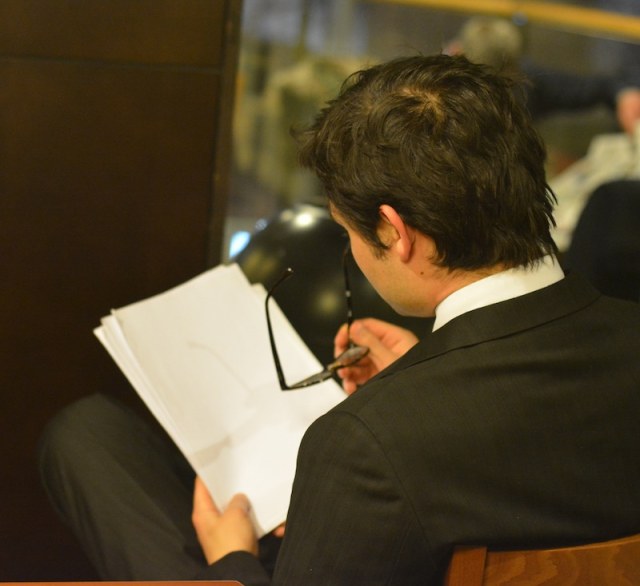This post is part of a series on contemporary best practices for promotion and tenure reviews in higher education. For a fuller picture, take a look at our free best practices checklist, recently released.
Today, how well is your college or university facilitating good use of faculty time?
Arguably, there are few types of faculty work more critical than thoughtful evaluation of cases for tenure and promotion. But along with driving the valuable work of file review and committee deliberations, processes at most institutions burn up large amounts of faculty time in tedious ancillary tasks.
Lugging binders
When P&T files are managed with paper, candidates must spend hours printing copies of their files and organizing those copies into binders. To read files, reviewers have to travel back and forth between their homes or offices and the locked room on campus where candidate files are stored—and they have to fit their work into the hours when the room is accessible and not occupied by another reviewer.
The distribution of low-value work across time and many different people makes it difficult to see this burden in its totality. But the cumulative amount of faculty time being wasted work is staggering. At one mid-sized university that we support, faculty and administrators were making an estimated 1,400 trips per year to locked rooms to review P&T files prior to switching to a digital system.
Insufficiency of ordinary desktop software
However, moving from paper to digital files is not a failsafe way to reduce no-value work. When institutions switch to electronic file management, they can end up replacing old ancillary tasks with new ones if their system isn’t designed well and matched to the unique demands of promotion and tenure review. Instead of wrestling with jammed copy machines and three-ring binder tabs, candidates may burn up hours figuring out how and where to upload their files and how get them into a specific file format. Instead of having to drive to campus on their one day to work from home, reviewers may end up wasting time trying to navigate through confusing web platforms to find and access the right files to review.
Administrative labor and equitable review
Digital systems can also reduce work for faculty but raise the burden falling on administrators to unsustainable levels and introduce a host of other problems. When P&T files are managed with standard file sharing platforms, for example, administrators must move electronic documents from candidates and internal and external reviewers to the right places for each case and manually change user access permissions at each step along different complex review workflows to protect confidential documents and maintain review protocols.
With so many users needing different permissions to different materials at different times in each candidate’s review, manually controlled digital systems present substantial risks to document security and consistent adherence to fair process.
Assess your school’s practices
Interested in improving promotion and tenure review at your institution? Use this free best practices checklist to see how your processes compare to what the most progressive colleges and universities are doing.
